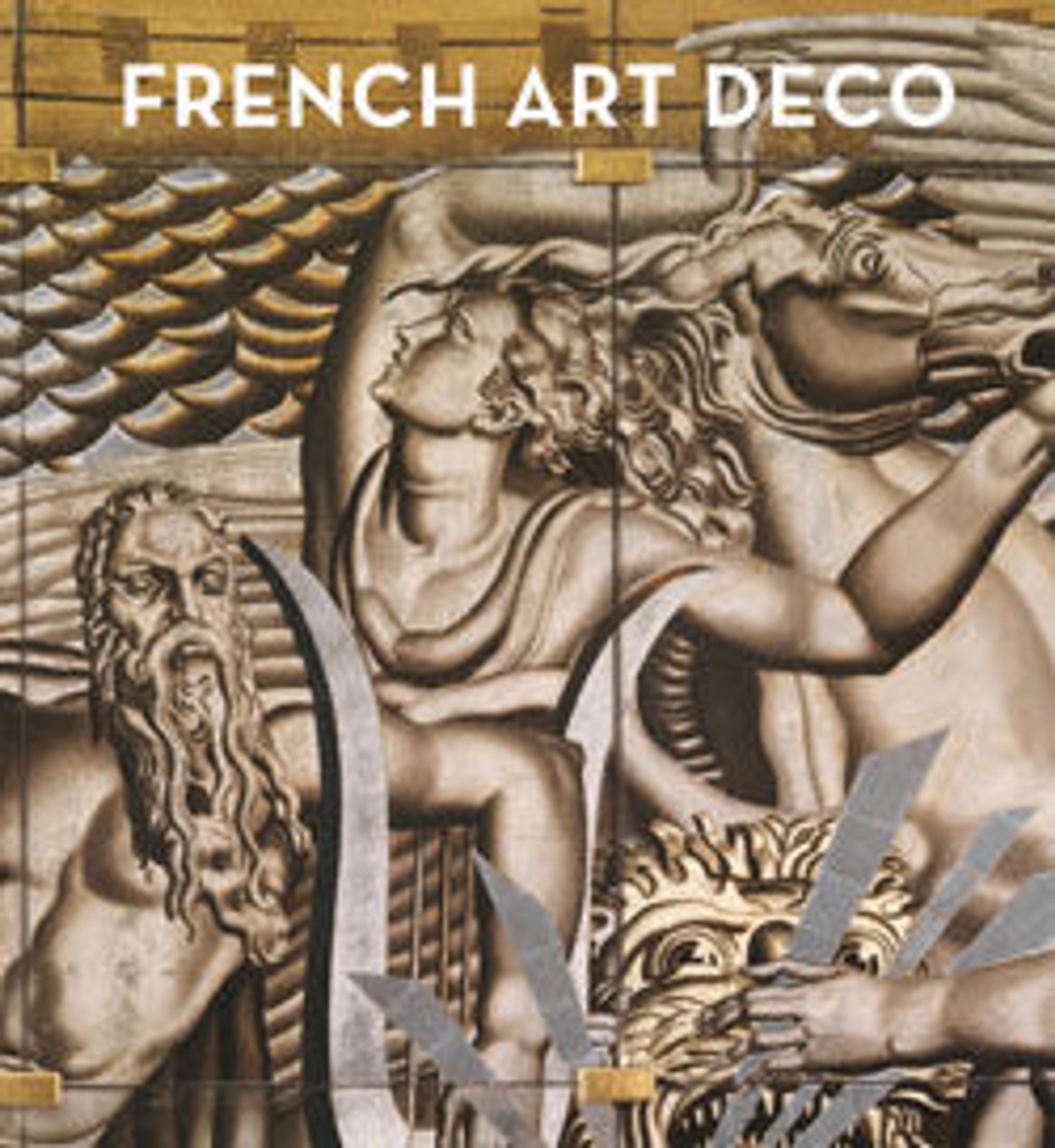Vase
Buthaud exemplifies the ease with which early-twentieth-century artists began to cross the rigid barriers between the fine and the decorative arts. Trained in painting and etching at the École de Beaux Arts in Paris, he later won a Prix de Rome. Such classical training likely influenced his proclivity for the female figure, as did his friendship with the artist Jean Dupas, who, following World War I, encouraged his interest in ceramics. In 1923 Buthaud established the ceramics division of Primavera, the decorating and interior design division of the Au Printemps department store. There, he developed his particular style, incorporating figurative imagery visually integrated with bulbous forms.
Beginning in 1928 he supplied works to Maison Georges Rouard, a noted vendor of ceramics and glassware located in the fashionable rue de l’Opéra. Buthaud rarely conceived his pots as utilitarian wares but rather treated them as decorative works of art—canvases in the round.
Beginning in 1928 he supplied works to Maison Georges Rouard, a noted vendor of ceramics and glassware located in the fashionable rue de l’Opéra. Buthaud rarely conceived his pots as utilitarian wares but rather treated them as decorative works of art—canvases in the round.
Artwork Details
- Title: Vase
- Designer: René Buthaud (French, Saintes 1886–1986 Bordeaux)
- Date: ca. 1923–24
- Medium: Glazed stoneware
- Dimensions: 14 15/16 × 7 1/16 in., 6.3 lb. (38 × 18 cm, 2.9 kg)
- Classification: Ceramics-Pottery
- Credit Line: Bequest of James H. Stubblebine, 1987
- Object Number: 1987.473.2
- Curatorial Department: Modern and Contemporary Art
More Artwork
Research Resources
The Met provides unparalleled resources for research and welcomes an international community of students and scholars. The Met's Open Access API is where creators and researchers can connect to the The Met collection. Open Access data and public domain images are available for unrestricted commercial and noncommercial use without permission or fee.
To request images under copyright and other restrictions, please use this Image Request form.
Feedback
We continue to research and examine historical and cultural context for objects in The Met collection. If you have comments or questions about this object record, please contact us using the form below. The Museum looks forward to receiving your comments.
